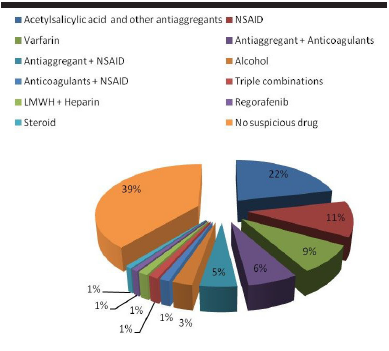Background/Aims: This study aimed to compare the causes of nonvariceal upper gastrointestinal bleeding (NVUGB), demographics, risk factors, and outcomes of patients during two periods between 1993 and 2016 in a tertiary health-care center in Turkey.
Materials and Methods: We compared the causes of NVUGB and clinical outcomes in 421 patients hospitalized between January 1993 and December 1995 with those of 231 patients with NVUGB hospitalized between January 2015 and September 2016. We also compared epidemiological characteristics, risk factors, and the rates of endoscopic hemostatic procedures.
Results: We observed significant increases in patients’ mean age, in the percentage of patients with comorbid conditions, and in the percentage of patients who received direct-acting oral anticoagulants before bleeding. We also observed a statistically nonsignificant increase in the diagnoses of gastric ulcer, along with a significant concordant decrease in diagnoses of duodenal ulcer as a cause of bleeding. The use of emergency surgical hemostasis decreased among cases of peptic ulcer bleeding. The overall rate of mortality from bleeding did not significantly change between the two periods.
Conclusion: Over the 23 years studied, the causes of NVUGB changed, probably because the population was increasingly elderly population and because of the use of anticoagulants and better therapeutic approaches to chronic duodenal ulcers. The use of emergency surgical hemostasis reduced, but mortality rate did not significantly change between the two specific periods.
Cite this article as: Danış N, Tekin F, Akarca US, Ünal NG, Işık Erdoğan E, Akat K, et al. Changing patterns of upper gastrointestinal bleeding over 23 years in Turkey. Turk J Gastroenterol 2019; 30(10): 877-82.




.png)
.png)
